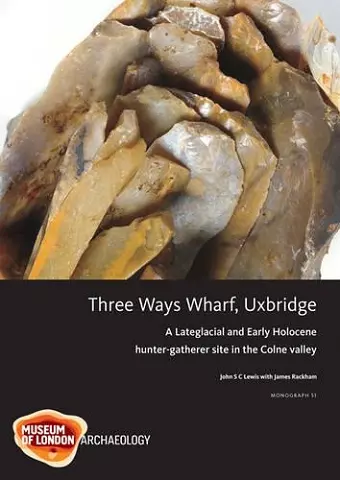Three Ways Wharf, Uxbridge
John Lewis author James Rackham author
Format:Hardback
Publisher:Museum of London Archaeology
Published:15th Dec '10
Currently unavailable, our supplier has not provided us a restock date

This eagerly awaited volume documents the evidence for human activity in the Colne valley at Three Ways Wharf, Uxbridge in the Lateglacial and Early Mesolithic periods. A series of five in situ lithic and faunal scatters, centred on hearth settings on local high points within the valley floor, belong to two main phases of hunter-gatherer activity. The earlier phase, characterised by Lateglacial bruised-edge 'long blades' of the north German Ahrensburgian technocomplex, associated with reindeer and horse, is dated to c 10,000 BP. The succeeding Early Mesolithic phase is typified by broad, obliquely backed flint points, associated with a fauna dominated by red and roe deer, and dated some 800 radiocarbon years later at c 9200 BP. Detailed analyses of the important faunal and lithic assemblages, bolstered by an extensive refitting programme, have been fully integrated to provide new and striking behavioural explanations. These hunter-gatherer groups can now be seen as groups of people intent on pursuing their own independent and socially defined goals, and no longer solely in terms of their adaptive responses to environmental pressures. Three Ways Wharf will come to take its place alongside other iconic sites of the period such as Star Carr, Broxbourne and Thatcham.
This is such a splendidly produced and important volume that one can almost ignore the fact that it has been a quarter of a century since the first excavation at the site. This book is an exemplar of archaeological method, an excellent case study for students; it is a fine testimony to Lewis Binford, because his ethnoarchaeological-derived models are critical to the analysis and interpretation.' -- Steven Mithen British Archaeology Sept-Oct 2011 In all, this is a splendid volume that neatly summarizes the current state of knowledge. It is also clearly presented and well worth the modest price of GBP25. Archaeological Journal Vol. 169 (2012)
ISBN: 9781901992977
Dimensions: unknown
Weight: unknown
226 pages